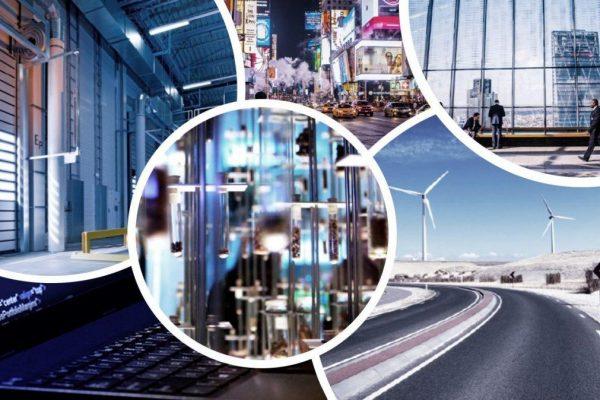There has been a strong start to 2021 in Australian M&A with $7.5 billion in reported transactions. With increasing activity in the market, InterFinancial is regularly asked by clients what their business is worth. In the world of M&A, a commonly used valuation method is the ‘Capitalisation of Earnings’ or ‘Earnings multiple’ method. While industry specific considerations may warrant the use of different types of multiples, the Enterprise Value/ EBITDA multiple is generally the most widely used multiple for valuing business. Simply put, a business owner may think of the value of their business as Value = ‘Multiple’ x ‘Earnings’.
The first input of the Value equation is the ‘Multiple’. A seller has limited control over the ‘Multiple’ they can extract for a business sale because this is determined by industry cycles, global markets and various macro-economic factors. However, other factors can result in prospective buyers valuing firms differently, including differing buyer views on:
- cost of capital / expected return;
- estimated post-acquisition synergies;
- forecast growth prospects;
- short-term and long-term incentives of the buyers’ management personnel e.g. share price growth, earnings per share growth etc.;
- exit strategy (especially applicable to buyer categories such as Private equity that have a defined holding period, typically between 4 and 7 years); and
- valuation methodology.
An M&A advisory firm, such as InterFinancial, can assist with undertaking a broad-based marketing campaign to identify prospective buyers, or alternatively, use their market knowledge to identify one or a few strategic buyers who are likely to offer a premium price based on various factors, including those listed above. Over the course of numerous business sale processes, managed by the team at InterFinancial, we have often seen one interested party offer between 50% and100% more than another party for the same target business. This spread between competing bids is a far cry from that seen in the sale of residential or commercial property, for which market comparables and capitalisation rates (cap rates) are in a narrow band.
The second input to the Value equation is the ‘Earnings’. The earnings and growth prospects are more controllable (vis-à-vis the ‘Multiple’) by a seller in the months and years leading up to a sale of a business. It is important to note that the ‘Earnings’ number that is of interest to a prospective buyer is the future maintainable earnings. To assess future maintainable earnings, buyers often use historical earnings as a proxy, with suitable adjustments, including for:
- large one-off items (e.g. expenses for a lawsuit);
- non-recurring items (e.g. revenues and costs related to a discontinued product line);
- salaries of employees to fair market rate (often owner managers may not be employed at what is considered a market rate);
- accounting policies (e.g. in relation to AASB16 – new lease standard, AASB15 – new revenue recognition related standard);
- accounting estimates (e.g. provisions for warranties, doubtful debts); and
- transaction related expenses (e.g. tax advise in relation to the envisaged business sale).
In summary, from a seller perspective, it is of utmost importance to i) optimise earnings in advance of a business sale and ii) ensure the presentation of maintainable earnings to prospective buyers is defensible. Many of InterFinancial’s advisers have significant experience as non-executive directors and senior executives (CEO, CFO etc.) of private and listed businesses, who can provide meaningful strategic advice to optimise earnings. InterFinancial’s M&A team can assist with the preparation for sale and project management of the sale process, including providing necessary financial and commercial inputs along the way, including in relation to financial forecasting, and future maintainable earnings.
In the post-Covid world, global stimulus packages, increased money supply with cheap debt have resulted in buoyant equity markets and increasing business valuations. Generally speaking, the market determined ‘Multiple’ is high, at this point in the cycle. On the flip side, earnings of most businesses across industries have been impacted to varying extents due to Covid. This has the potential to reduce buyer confidence in the future maintainable ‘Earnings’.
If you are thinking about how this may impact your business, or M&A more generally, we would be pleased to have a conversation.










